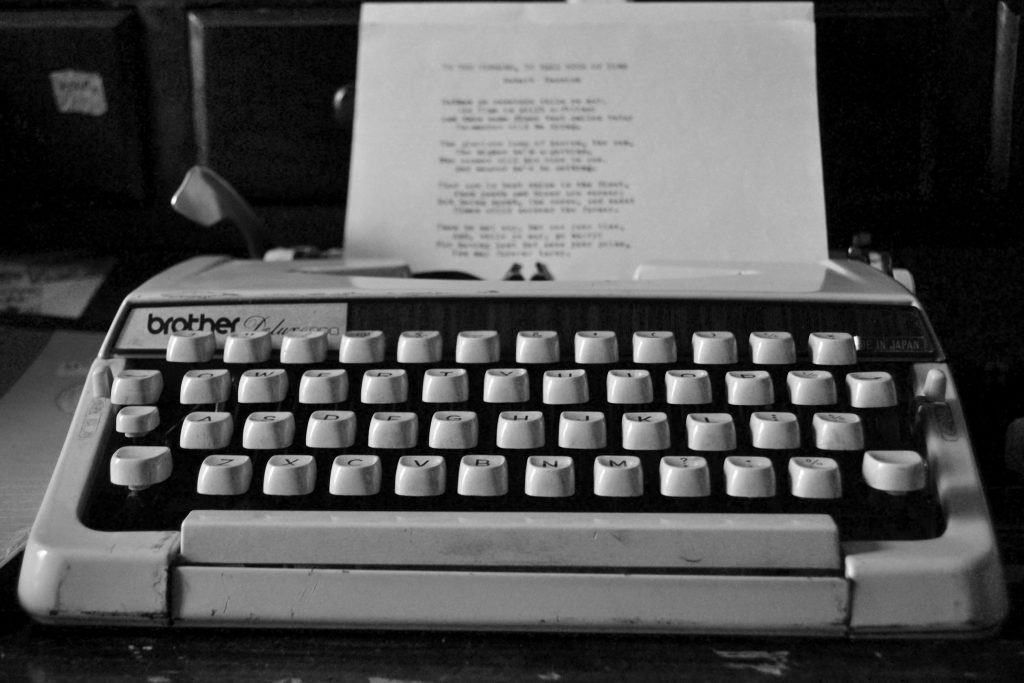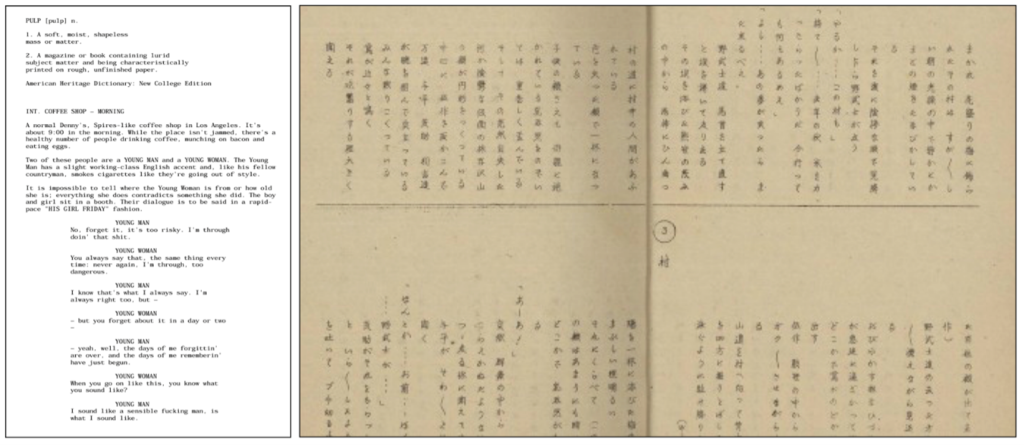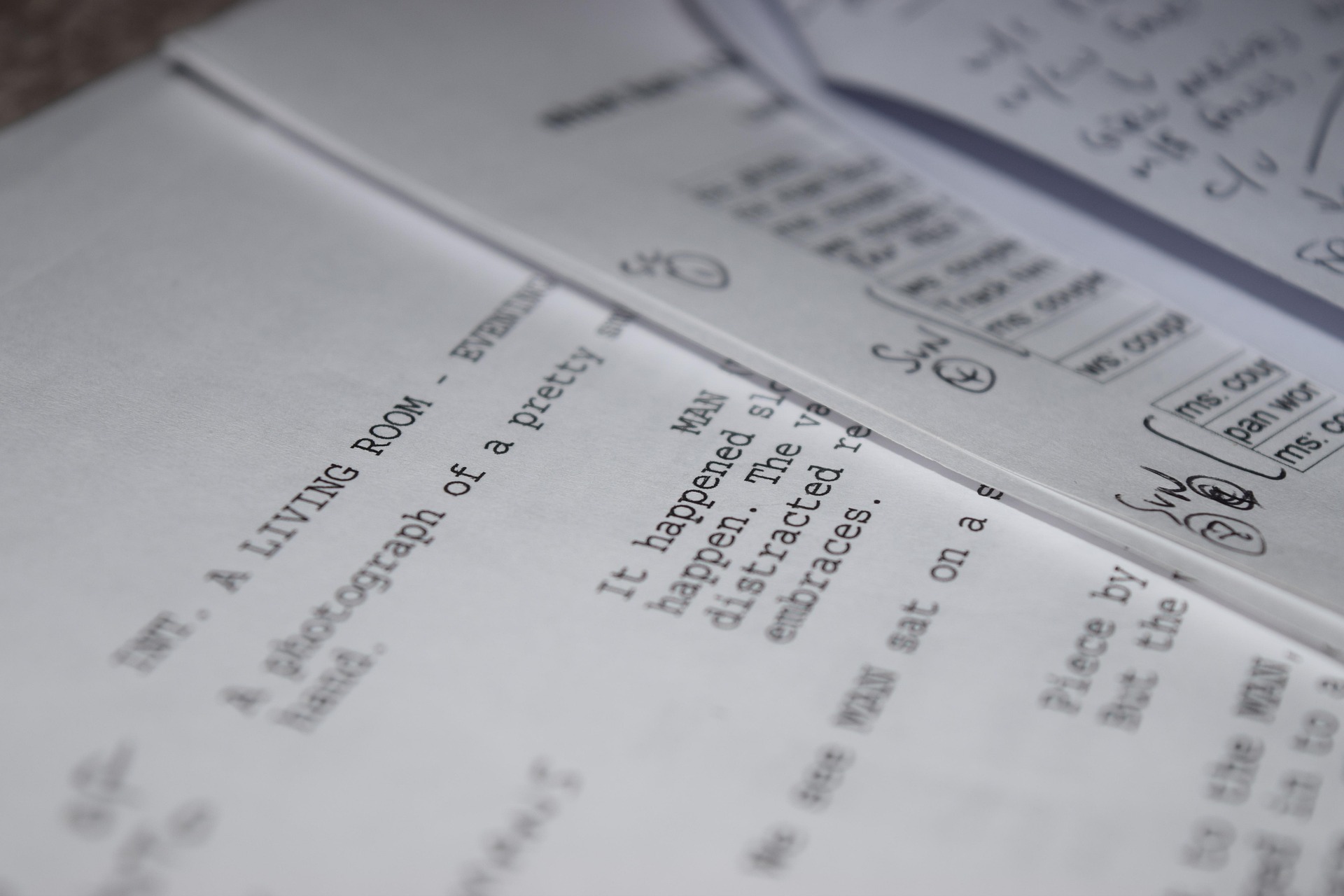PHOTO COURTESY: PIXABY
Scriptwriting has always been the soul of filmmaking, evolving from ancient oral traditions to today’s structured screenplays. As cinema expanded, so did the need for a universal format, shaping how stories are crafted and told. With technology, the process has transformed—making script development, collaboration, and revisions faster and more dynamic than ever before.
THE BIRTH OF SCREENPLAYS: THE SILENT ERA (EARLY 1900s)
Before formal screenwriting took shape, early filmmakers worked with simple outlines or handwritten notes to guide their scenes. During this, “scenario scripts” became common descriptive documents that focused on scene details and basic dialogue suggestions, without any structured formatting. With no spoken dialogue, intertitles (text cards inserted in post production) were added to help audiences understand the story. These early methods reflected the raw, experimental nature of cinema’s beginnings. As the medium evolved and narratives grew more complex, the need for a standardized screenplay format gradually took shape.

PHOTO COURTESY: UNSPLASH
THE RISE OF STANDARDIZED SCREENPLAY FORMAT (1930s)
By the 1930s, as Hollywood’s film industry rapidly expanded, the need for a clear, consistent way to communicate across writing and production teams became essential. This gave rise to the standardized screenplay format we still use today — structured with slug lines (like “INT. LIVING ROOM – DAY”), action lines, and dialogue, all designed to bring clarity and efficiency to filmmaking. The introduction of typewriters revolutionized the writing process, making script revisions faster and cleaner than ever before. Industry conventions like using Courier 12-point font, the one-minute-per-page rule, and dividing each page into eighths helped estimate screen time and streamline production planning. This format laid the foundation for transforming written stories into visual narratives with precision.

PHOTO COURTESY : SCRIPTLUG | AKIRAKUROSAWA.INFO
SCRIPT FORMATTING ACROSS DIFFERENT LANGUAGES (1940s–1970s)
As cinema flourished across the globe between the 1940s and 1970s, screenwriting began to reflect the rich linguistic and cultural diversity of each region, while still preserving its core structure. Hollywood scripts during this era cemented a strict industry-standard format with precise margins, slug lines, and clearly defined scene transitions.

PHOTO COURTESY : SCENARIO-FILM | FILMCOMPANION
In India, screenplays evolved to blend regional languages like Hindi, Tamil, Malayalm or any regional languages with phonetic translations, often including elaborate notes for song sequences that echoed the country’s vibrant film tradition. French and European scripts leaned toward a more literary style, favoring descriptive prose and looser formatting. Meanwhile, Japanese screenplays stood out with their vertical writing and unique visual annotations, rooted in traditional storytelling aesthetics. Despite differences in tools ranging from typewriters to handwritten drafts, the essence of storytelling through structured scripts remained universal.

PHOTO COURTESY: UNSPLASH
THE DIGITAL REVOLUTION IN SCREENWRITING (1980s–2000s)
The evolution of technology from the 1980s onward completely reshaped the way scripts were written. The rise of personal computers and screenwriting software replaced the typewriter, automating formatting, reducing manual errors, and allowing writers to focus more on the craft than the technicalities.
By the 2000s, cloud-based platforms took collaboration to the next level—writers could now co-write, share feedback, and track revisions in real time, no matter where they were in the world.
LOOKING AHEAD: THE FUTURE OF SCRIPT WRITING
From handwritten notes in the early 1900s to AI-assisted drafting in the 2020s, scriptwriting has come a long way. Innovations like the typewriter, screenwriting software, and cloud platforms have made the process faster and more accessible. While styles have adapted across cultures, the core format has largely stayed consistent. Through every shift in technology, one thing remains unchanged—the magic of scriptwriting lies in its power to bring stories to life, one scene at a time.
What Do You Think?
“Think we missed a milestone in the evolution of scripts? Let us know!”
